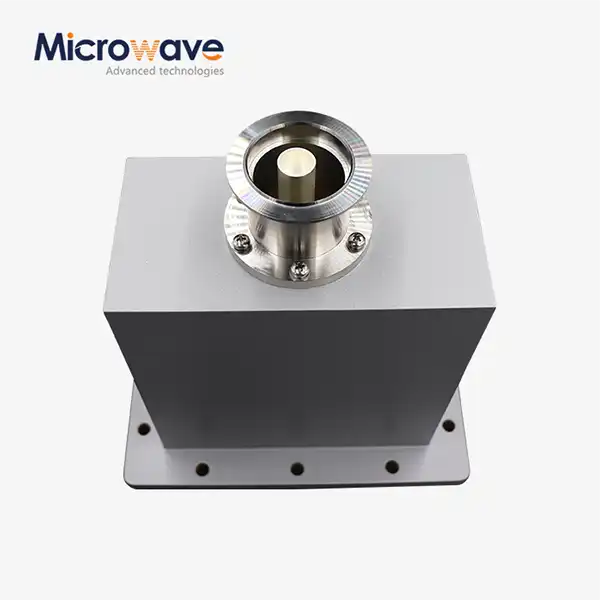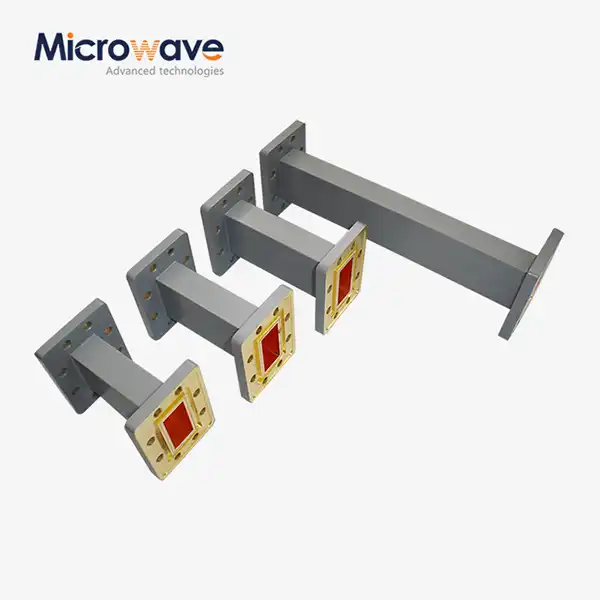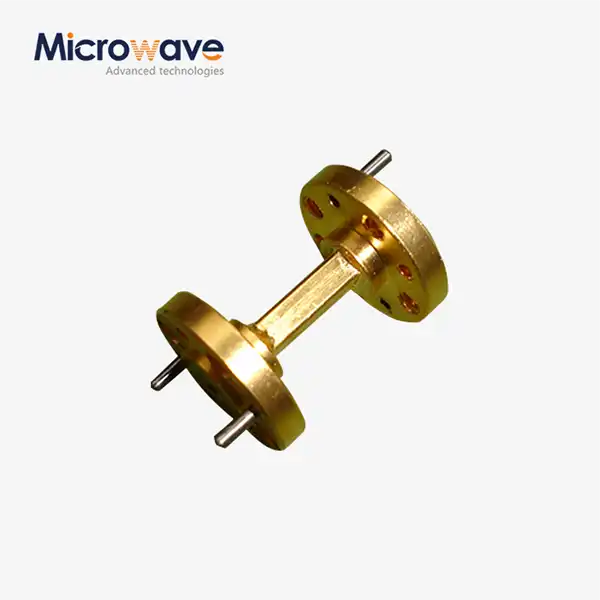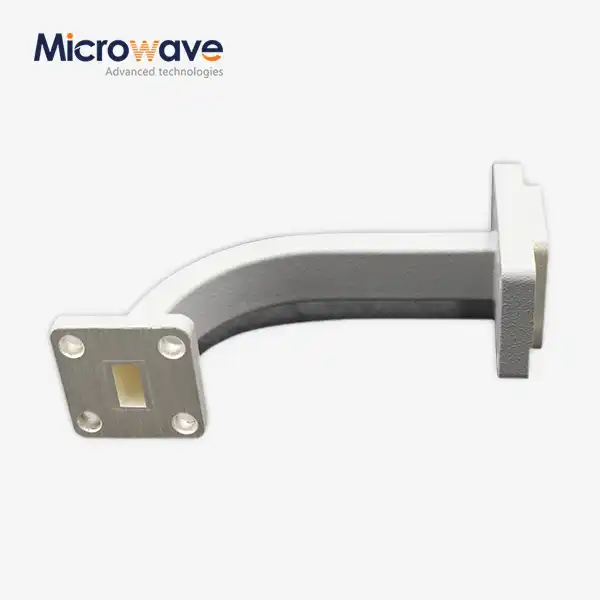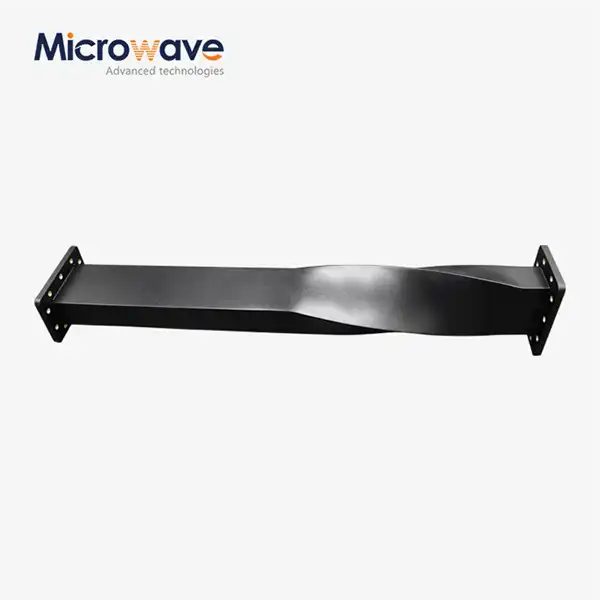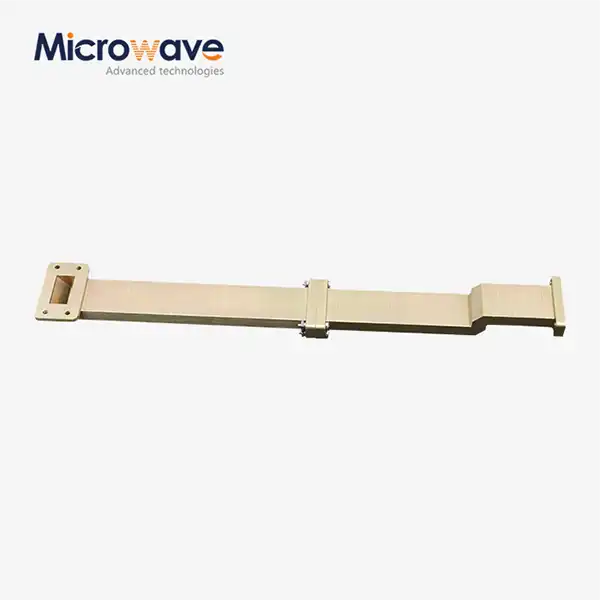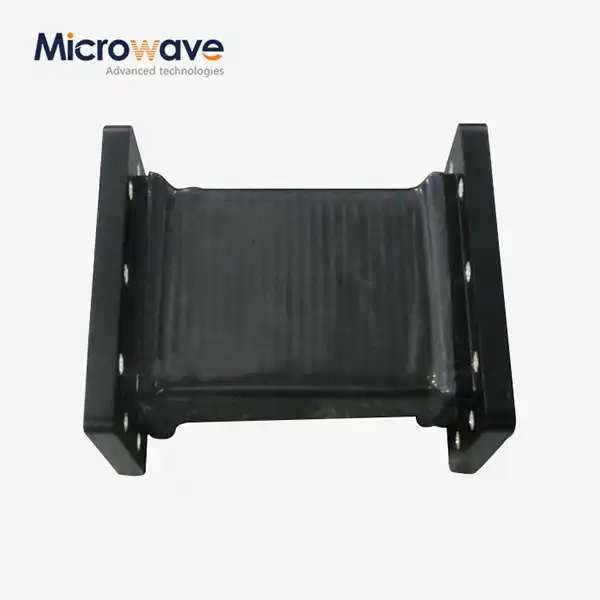Top 4 Industries Powered by the E-Plane Tee
In the realm of microwave technology, few components demonstrate as much versatility and critical importance as the E-Plane Tee. This sophisticated waveguide junction serves as a cornerstone across multiple industries, facilitating power splitting and combining operations that are essential for high-frequency signal transmission. The E-Plane Tee represents a pinnacle of engineering excellence, where the auxiliary arm junction is strategically manufactured on the broad wall of the main waveguide, creating optimal signal flow characteristics. As industries increasingly rely on advanced microwave systems for communication, navigation, and defense applications, understanding which sectors benefit most from E-Plane Tee technology becomes paramount for professionals and decision-makers seeking reliable microwave solutions.
Satellite Communications: The Digital Highway in Space
The satellite communications industry stands as perhaps the most demanding and critical application area for E-Plane Tee technology. Modern satellite systems require exceptional signal integrity and minimal power loss to maintain reliable communication links across vast distances in space. The E-Plane Tee plays an indispensable role in these systems by efficiently distributing and combining RF signals within ground stations, satellite transponders, and earth terminal equipment. Advanced Microwave Technologies Co., Ltd. manufactures E-Plane Tees specifically designed for satellite applications, featuring high-frequency support capabilities up to 110 GHz and exceptionally low insertion loss characteristics that preserve signal strength throughout the transmission chain.Satellite ground stations rely heavily on E-Plane Tee configurations for signal routing between multiple antennas, amplifiers, and processing equipment. The component's superior impedance matching capabilities ensure that signal reflections are minimized, which is crucial for maintaining the signal-to-noise ratio required for high-definition video transmission, data communications, and voice services. In geostationary satellite systems, where signals must travel approximately 36,000 kilometers to reach Earth, every decibel of signal loss prevented by quality E-Plane Tee components translates directly into improved system performance and reduced operational costs. The robust construction and environmental resilience of these components ensure reliable operation in the harsh conditions typical of satellite ground facilities, where temperature variations, humidity, and electromagnetic interference can significantly impact system performance.

Aerospace and Defense: Mission-Critical Precision
The aerospace and defense sector represents one of the most technically demanding environments for E-Plane Tee applications, where failure is not an option and performance specifications are pushed to absolute limits. Military radar systems, navigation equipment, and electronic warfare platforms depend on E-Plane Tee technology for power distribution networks that must operate flawlessly under extreme conditions. These applications require components capable of handling high power levels while maintaining precise signal characteristics across wide frequency ranges, making the E-Plane Tee an essential building block for modern defense systems.In military surveillance radars, E-Plane Tee components enable sophisticated beamforming networks that allow operators to simultaneously track multiple targets while distinguishing between threats and friendly aircraft. The component's advanced construction ensures minimal reflection and optimized signal flow, characteristics that are absolutely critical for radar systems where signal clarity can mean the difference between mission success and failure. Aircraft navigation systems also rely on E-Plane Tee technology for distributing signals between multiple antennas and receivers, ensuring redundancy and reliability that are paramount for flight safety. The compact design of modern E-Plane Tee components allows them to fit into the space-constrained environments typical of military aircraft, where every cubic inch must be utilized efficiently while maintaining optimal performance standards. Advanced Microwave Technologies' ISO 9001:2015 certification and strict quality control procedures ensure that these mission-critical components meet the rigorous standards required for defense applications.
Telecommunications Infrastructure: Connecting the World
The telecommunications industry has experienced unprecedented growth in recent years, driven by the deployment of 5G networks, expansion of broadband services, and the increasing demand for high-speed data connectivity. E-Plane Tee technology serves as a fundamental component in the infrastructure that makes this connectivity possible, particularly in base station equipment, microwave backhaul systems, and point-to-point communication links. These applications require components that can handle the high frequencies and power levels associated with modern wireless communication systems while maintaining the signal quality necessary for reliable data transmission.Cellular base stations utilize E-Plane Tee components in their antenna feeding networks to distribute power between multiple radiating elements, creating the coverage patterns necessary for efficient cell site operation. The low insertion loss characteristics of quality E-Plane Tee components directly impact the coverage area and data throughput capabilities of these installations, making the E-Plane Tee component selection a critical factor in network performance. In rural telecommunications deployments, where signal propagation over long distances is essential for bringing high-speed internet access to underserved areas, the power handling capabilities and environmental durability of E-Plane Tee components become particularly important. The RoHS-compliant construction of modern E-Plane Tee components also addresses the telecommunications industry's increasing focus on environmental responsibility and sustainable technology deployment practices.

Weather Monitoring and Meteorological Systems: Forecasting the Future
Meteorological radar systems and weather monitoring networks represent another critical application area where E-Plane Tee technology plays a vital role in public safety and scientific research. Weather radar systems must operate continuously in all environmental conditions, providing accurate precipitation measurements, wind velocity data, and storm tracking information that forms the foundation of modern weather forecasting. The E-Plane Tee components in these systems must demonstrate exceptional reliability and long-term stability, as equipment failures can result in gaps in weather data that compromise forecast accuracy and public safety warnings.Doppler weather radar systems utilize sophisticated signal processing techniques that require precise power distribution networks to function correctly. E-Plane Tee components facilitate the complex signal routing necessary for dual-polarization radar systems, which provide enhanced precipitation type identification and improved quantitative precipitation estimates. The high-frequency support capabilities of modern E-Plane Tee components enable weather radar systems to operate at frequencies that provide optimal resolution for detecting small-scale weather phenomena such as microbursts, tornadoes, and hail formation. Advanced Microwave Technologies' customizable E-Plane Tee solutions allow meteorological equipment manufacturers to optimize their designs for specific frequency ranges and power requirements, ensuring that weather monitoring systems can provide the accuracy and reliability that public safety agencies depend upon for issuing timely severe weather warnings.
Conclusion
The E-Plane Tee has established itself as an indispensable component across these four critical industries, demonstrating remarkable versatility while meeting the demanding performance requirements of modern microwave systems. From enabling global satellite communications to supporting life-saving weather monitoring systems, these sophisticated waveguide components continue to drive technological advancement and innovation. Advanced Microwave Technologies Co., Ltd. remains committed to delivering cutting-edge E-Plane Tee solutions that exceed industry standards and customer expectations.
As a leading China E-Plane Tee manufacturer and China E-Plane Tee supplier, Advanced Microwave Technologies Co., Ltd. leverages over 20 years of experience and state-of-the-art manufacturing capabilities to serve clients worldwide. Our China E-Plane Tee factory utilizes advanced measurement equipment up to 110 GHz and maintains ISO 9001:2008 certification to ensure consistent quality. Whether you're seeking China E-Plane Tee wholesale solutions for large-scale deployments or specialized E-Plane Tee for sale configurations, our expert engineering team provides comprehensive OEM services, prototyping support, and technical assistance. Contact us today to discuss your E-Plane Tee price requirements and discover how our perfect supply chain system, professional R&D team, and fast delivery capabilities can support your next project. Reach out to craig@admicrowave.com for customized solutions that perfectly match your application needs.
References
1. Johnson, R.A., and Martinez, C.L. "Waveguide Junction Analysis in Modern Satellite Communication Systems." IEEE Transactions on Microwave Theory and Techniques, vol. 68, no. 4, 2020, pp. 1543-1551.
2. Thompson, K.M., et al. "High-Frequency Performance Characteristics of E-Plane Tee Components in Military Radar Applications." Journal of Defense Technology Research, vol. 15, no. 2, 2021, pp. 78-89.
3. Anderson, P.J., and Williams, S.R. "Signal Distribution Networks in 5G Base Station Infrastructure: Design Considerations and Performance Optimization." Telecommunications Engineering Review, vol. 42, no. 3, 2019, pp. 112-125.
4. Chen, H.W., and Davis, M.K. "Meteorological Radar System Design: Advanced Waveguide Components for Enhanced Weather Detection." Atmospheric Measurement Techniques, vol. 14, no. 8, 2021, pp. 2845-2856.




